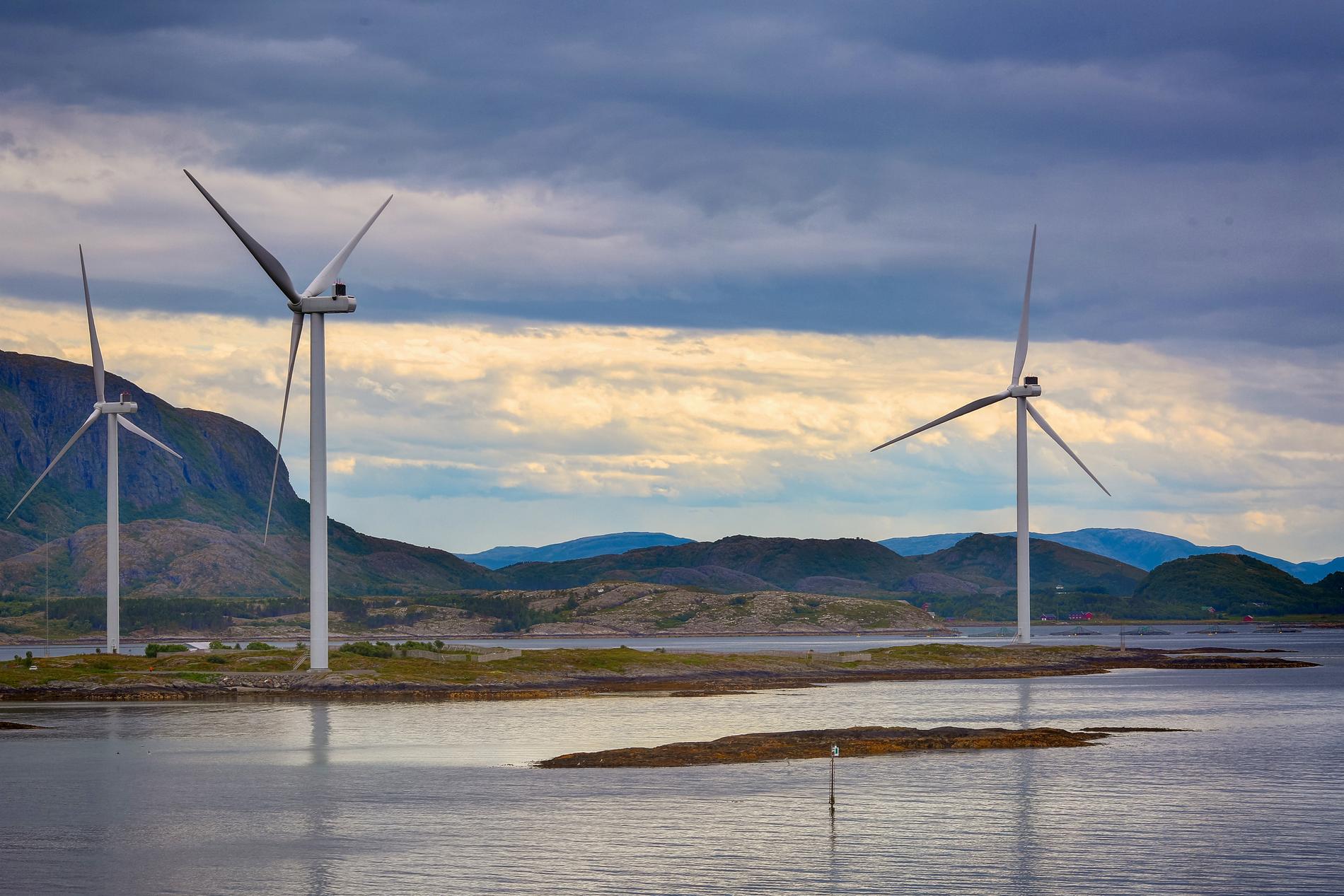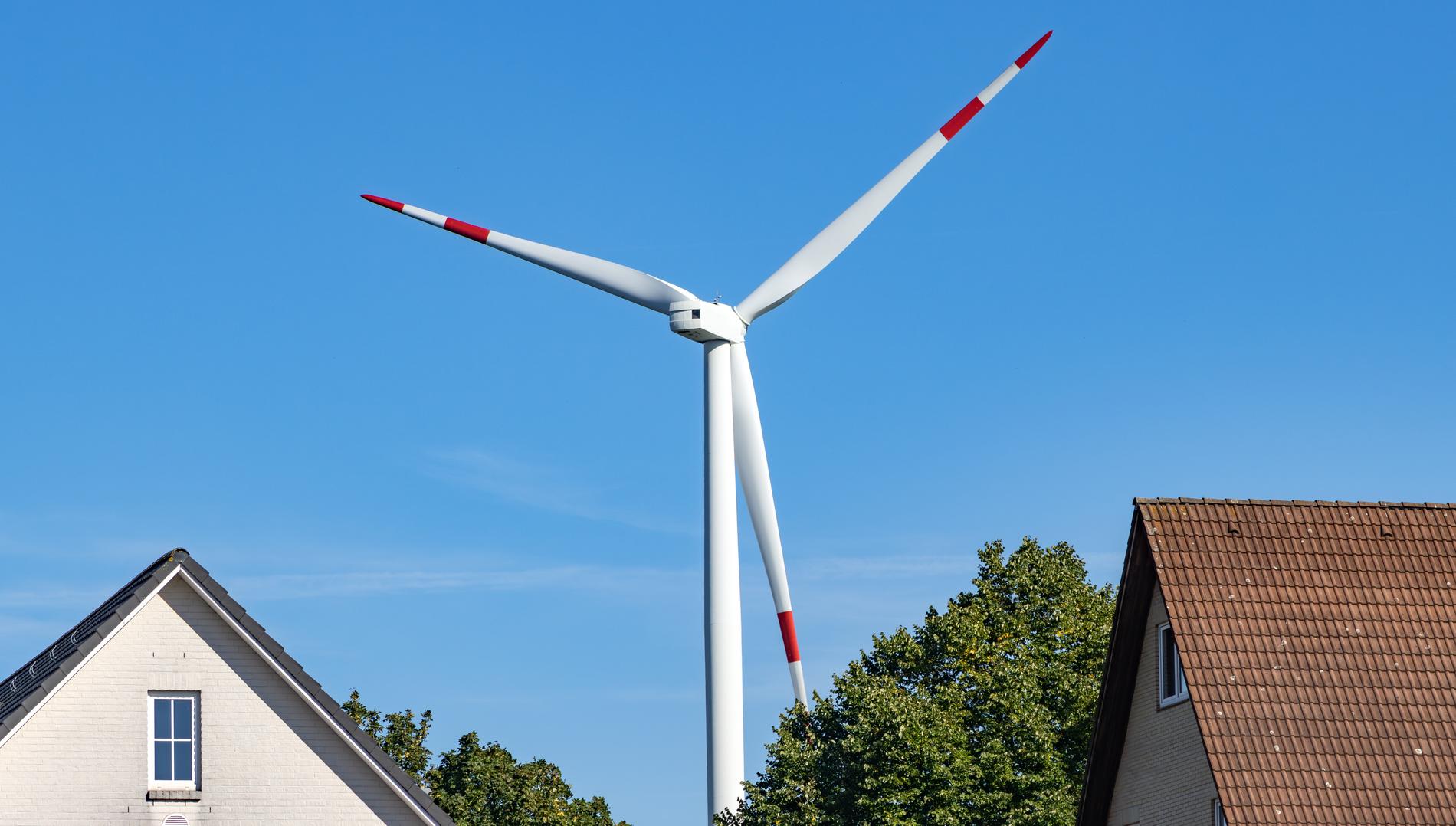Debate: In theory, solar and wind could probably be made more stable, but in practice, making them work more demanding.

last match
In a post on September 23, Per Thorvik countered what I wrote on September 19, about wind and solar energy as uncontrollable and therefore unstable energy sources. He points to promising research in both Europe and the United States on the ability to stabilize uncontrollable power generation, using power electronics and flywheel synchronous capacitors, to add reactive power and additional swing mass.
Serious interruptions in the supply
This is all well and good, and in principle most things are possible, but in practice, a stable power supply does not work without physically modifiable energy, which can only be achieved with hydroelectric and thermal (fossil or nuclear) energy. The main thing is to have enough power available at all times, to keep the AC frequency within +/- 0.1 Hz, and wind and solar power practically do not contribute to this.
By falling outside the narrow frequency band, there is a high risk of power system failure. Which at worst could mean “blackouts,” as happened in California and Texas. The consequences of “blacking out” can be that the power electronics are “grilled” and have to be replaced, which in turn can mean power loss, not just for days, but for weeks and possibly longer.
The power supply is so important that it can’t be tampered with too much. This is the most important infrastructure for society, and electricity is the most important measure to achieve emission reduction. Electrification also means that there are ever-increasing demands to deal with rapid changes in load in the power supply, which in turn is counterproductive to the need for adequate power to always be available. Unfortunately, this is not understood much, either in the European Union or in Norway, where the motto is to develop more wind energy. And might a proper European “blackout” be required before the powers-that-be awaken?
Nuclear power has become important
Per Thorvik wrote that I defended nuclear power in my post on September 19. The script shows I didn’t, but I have no problem promoting nuclear power. Otherwise, how will emissions targets be achieved, when fossil power generation must be phased out?
My prediction is that before 2050 nuclear power will become the dominant energy source in the European Union. By then we will also have nuclear power in Norway. So wind energy, both onshore and offshore, faces an uncertain future, so the best advice for those investing in wind is to sell at the right time.

“Web specialist. Lifelong zombie maven. Coffee ninja. Hipster-friendly analyst.”



